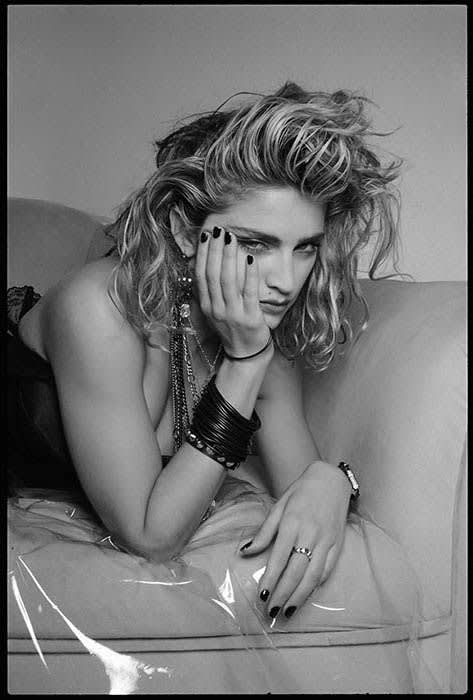-
 Takashi Tomo-oka (b. 1971) creates photographs that can be described as contemporary Nihonga-style pictures. They represent a new painting form that is carried out not with ink and brushes but using a digital camera then printing the resulting image on handmade paper. All Japanese art consists of one element that artist Takashi Murakami refers to as 'super flat,' which says they do not utilize perspective but present a two-dimensional space instead. Tomo-oka's photographs indeed appear flat, and so continues the tradition. He photographs the area and the composition to embody Rimpa style. A native of Kyoto, he often accompanied his father to bamboo groves, bringing him close to nature and plants.
Takashi Tomo-oka (b. 1971) creates photographs that can be described as contemporary Nihonga-style pictures. They represent a new painting form that is carried out not with ink and brushes but using a digital camera then printing the resulting image on handmade paper. All Japanese art consists of one element that artist Takashi Murakami refers to as 'super flat,' which says they do not utilize perspective but present a two-dimensional space instead. Tomo-oka's photographs indeed appear flat, and so continues the tradition. He photographs the area and the composition to embody Rimpa style. A native of Kyoto, he often accompanied his father to bamboo groves, bringing him close to nature and plants. -
 Ryuji Taira (b. 1960) immortalizes ephemeral scenes of the natural world—emphasizing the delicate and hazy dandelion—as prints on washi paper. Taira's artistic practice, which developed from years of commercial and creative photography experience, focuses on the 19th century platinum printing process as a form of fine arts photography. The effect of the image capture is delicate and reflective, like a mirror of Taira's heart. His latest series, which explores the root of life and essence of continuity, is imposed on hand-made gampi-washi that is varnished with lacquer for a decade.
Ryuji Taira (b. 1960) immortalizes ephemeral scenes of the natural world—emphasizing the delicate and hazy dandelion—as prints on washi paper. Taira's artistic practice, which developed from years of commercial and creative photography experience, focuses on the 19th century platinum printing process as a form of fine arts photography. The effect of the image capture is delicate and reflective, like a mirror of Taira's heart. His latest series, which explores the root of life and essence of continuity, is imposed on hand-made gampi-washi that is varnished with lacquer for a decade. -
 Kenji Wakasugi (1941) is a Japanese photographer born in Osaka, Japan. Graduating from Tokyo Technical School of Photography, he started to work at Roppongi Studio in 1970, and also South Pacific Islands and Patagonia between 1997 and 2002. Japanese traditional arts and his photography as the focal point of his expression. His work is collected by the Philadelphia Museum of Art.
Kenji Wakasugi (1941) is a Japanese photographer born in Osaka, Japan. Graduating from Tokyo Technical School of Photography, he started to work at Roppongi Studio in 1970, and also South Pacific Islands and Patagonia between 1997 and 2002. Japanese traditional arts and his photography as the focal point of his expression. His work is collected by the Philadelphia Museum of Art.






